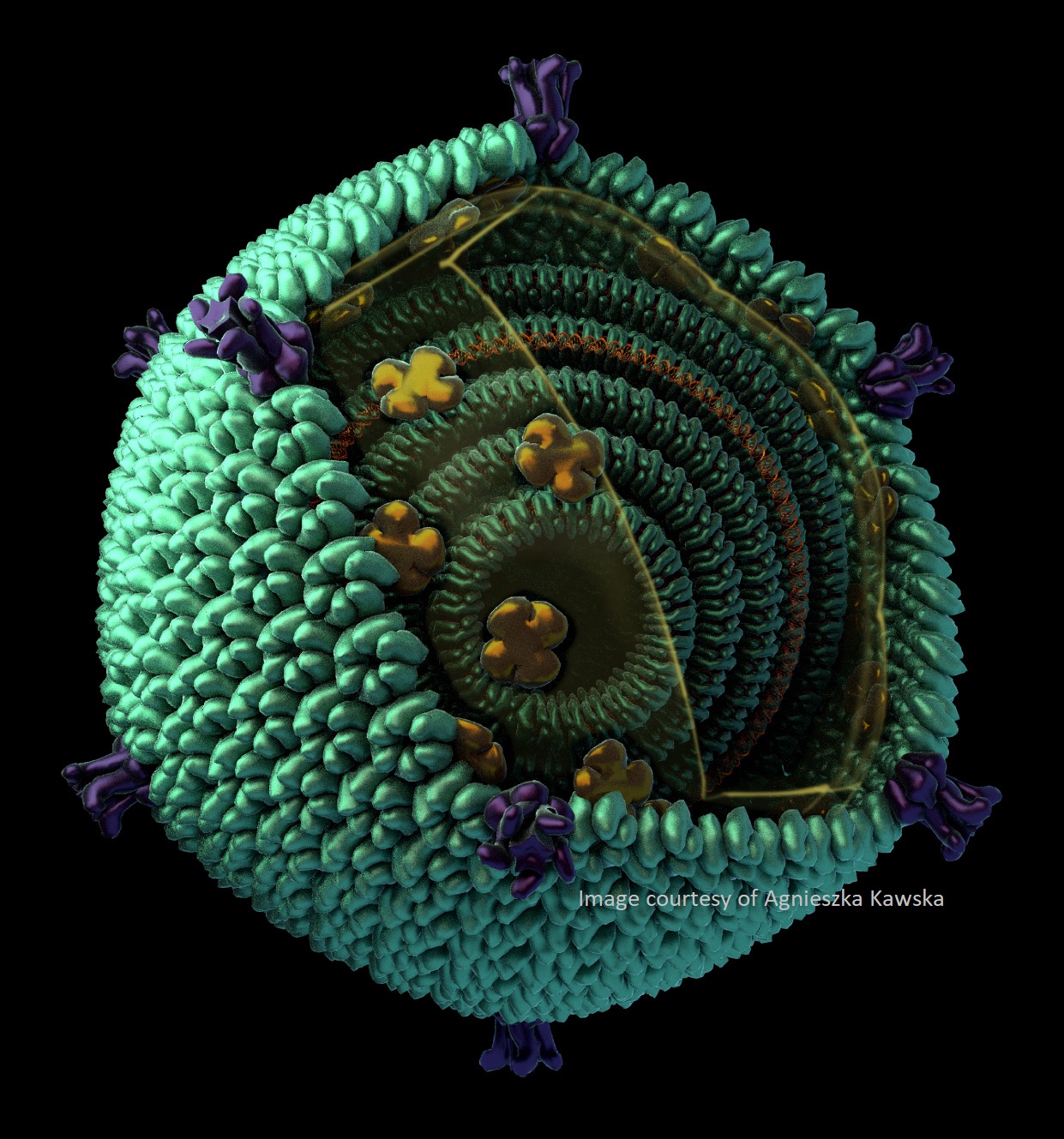
Bronwyn Lucas
Assistant Professor of Biochemistry, Biophysics and Structural Biology, UC Berkeley
Date and time: Nov 1st, 2023
Wednesday, at 8am PDT / 11am EDT / 3pm GMT / 5pm CET / 11pm China
For the zoom and gather.town links, please join the One World Cryo-EM mailing list.
Baited reconstruction for high-resolution in situ structure determination without template bias
Cryogenic electron microscopy (cryo-EM) has revolutionized structural biology, rapidly increasing the number of available molecular structures. Because of this, as well as advances in structure prediction, the focus of structural biology has begun to shift to studying macromolecular structures in their native cellular environment. A dominant feature of cryo-EM images is shot noise, making the identification of small particles of interest difficult. This is further compounded by structural noise if these particles are imaged against a background of other molecules, such as inside a cell. High-resolution template matching is currently the most effective method for visual proteomics in 2D and 3D. We have shown that 2D template matching (2DTM) can be used to localize complexes with high precision, even in the presence of cellular background. Once localized, these particles may be averaged together in 3D reconstructions; however, in both 2D and 3D, regions included in the template may suffer from template bias, leading to inflated resolution estimates and making the interpretation of high-resolution features unreliable.
I will describe our new work where we evaluated conditions that minimize template bias and show that molecular features not present in the template can be reconstructed at high resolution from targets found by 2DTM, extending prior work at low-resolution. Moreover, I will describe a quantitative metric for template bias to aid the interpretation of 3D reconstructions calculated with particles localized using high-resolution templates and fine angular sampling. Baited reconstruction allows us to retain the benefits of precise particle localization in situ with high-resolution template matching while accounting for and minimizing overfitting.
